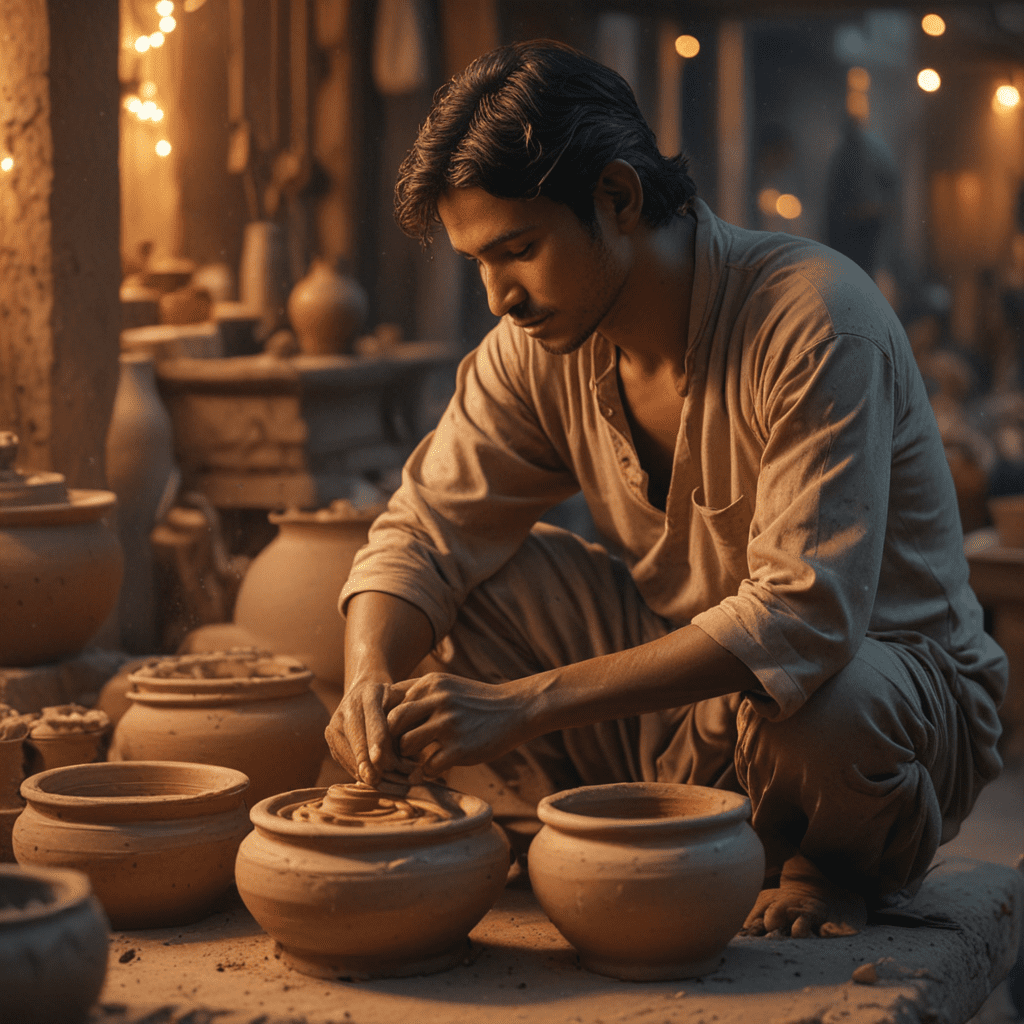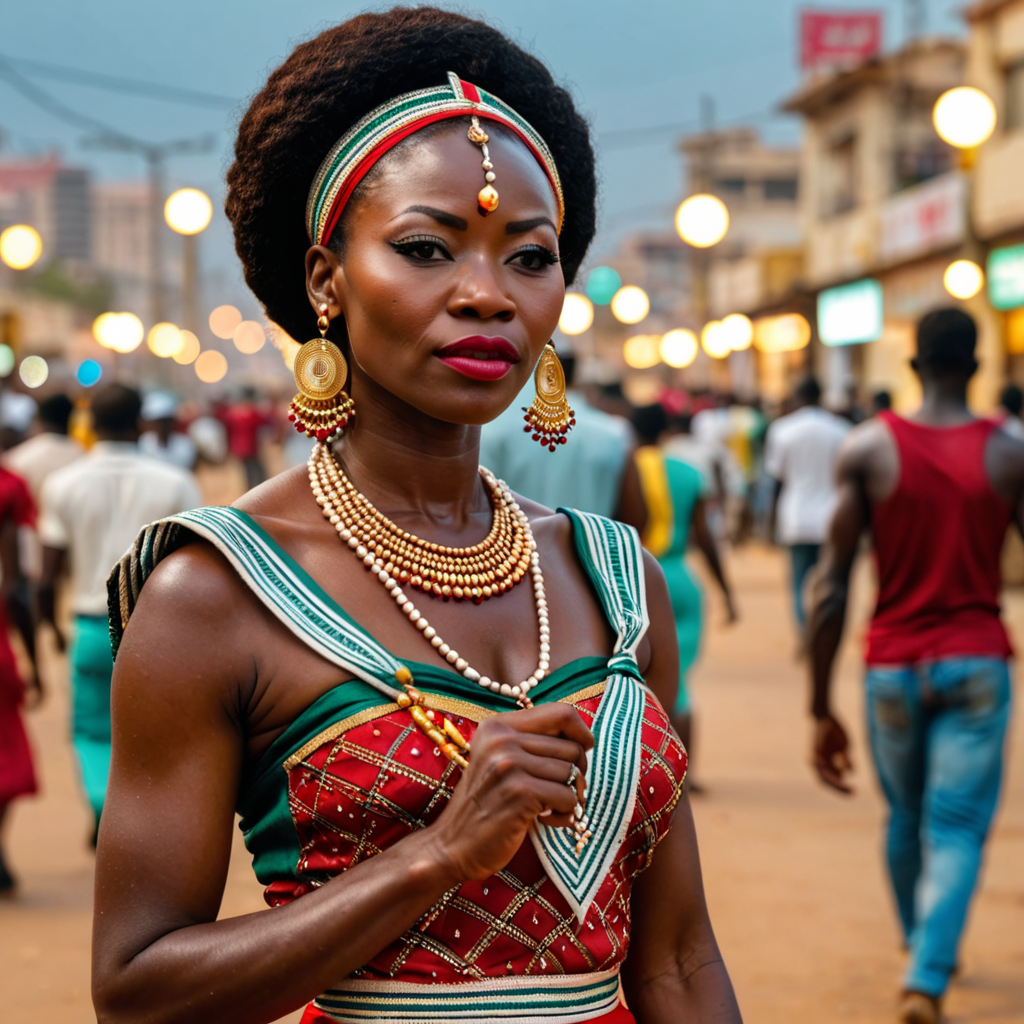
Historical Origins of Pottery Making in Bangladesh
Bangladesh possesses a deep-rooted legacy of pottery making, stretching back several millennia. Archaeological evidence unearthed throughout the country points to the widespread practice of pottery during the ancient era. These discoveries, including intricate ceramic artifacts and pottery fragments, showcase the remarkable skills and traditions of Bangladesh's early artisans. Throughout history, pottery played a vital role in meeting the everyday needs of communities, from storing food and water to religious ceremonies and ornamentation. Today, traditional pottery-making methods are meticulously preserved and celebrated throughout the nation, representing an enduring symbol of Bangladesh's vibrant cultural heritage.
Geographic Distribution of Traditional Pottery Centers
Bangladesh is home to numerous traditional pottery centers scattered across various regions. Each center has developed distinct characteristics based on local clay resources, cultural influences, and regional aesthetics. One renowned pottery hub is Kumartuli in Dhaka, famous for its intricately crafted clay idols used in traditional festivals and ceremonies. Dinajpur district, located in the northern part of the country, houses numerous villages where artisans specialize in black pottery, distinguished by its unique firing technique that imparts a characteristic dark hue. Rajshahi and Chittagong divisions also boast flourishing pottery communities, known for their exceptional craftsmanship and diverse designs.
Types of Clay and Raw Materials Used
Traditional pottery-making in Bangladesh heavily relies on specific types of clay, each with its unique properties and uses. Potters carefully select the right clay for their intended purpose, ranging from earthenware to stoneware, based on texture, firing temperature, and desired characteristics. Earthenware, obtained from locally available red clay, is commonly used for making porous household utensils, storage containers, and religious figurines. Stoneware, on the other hand, requires higher firing temperatures and often incorporates minerals like quartz, and is ideal for creating durable and less porous items like jars, vases, and decorative pieces. Additionally, potters utilize a range of natural materials to enhance the quality and aesthetic appeal of their pottery, such as straw, husk, and ash, which are added to the clay body or used in glazing processes.
Traditional Pottery Making Techniques
Over centuries, generations of Bangladeshi potters have meticulously refined and passed down traditional techniques to shape and design their creations. Primarily relying on the potter's wheel, artisans use their skilled hands to form and mold the clay into various shapes and sizes. The potter's wheel, an ancient tool, is operated by foot or hand and allows potters to rotate the clay, creating the foundation for their pieces. Skilled potters deftly employ their hands, wooden or bamboo tools, and sometimes molds to shape the clay, adding precise details and creating intricate designs, transforming it into functional and visually appealing pieces.
6. Decoration Methods and Motifs
Traditional pottery in Bangladesh is adorned using a variety of techniques, each showcasing the creativity and artistry of the makers. One common method is engobing, where a slip of colored clay is applied to the surface before firing, creating a vibrant and contrasting effect. Glazing, another popular technique, involves applying a glass-like coating to the pottery during the final firing, resulting in a glossy or matte finish that enhances durability and adds a touch of elegance. Potters also utilize painting and carving to further embellish their creations, incorporating intricate designs and patterns that often have cultural or symbolic significance. These decorative elements transform simple pottery pieces into miniature works of art, reflecting the rich traditions and cultural heritage of Bangladesh.
7. Cultural Significance of Traditional Pottery
Traditional pottery plays a vital role in Bangladeshi culture, extending beyond its functional use. It holds immense cultural and symbolic significance, woven into the fabric of society. In rural communities, pottery often carries spiritual and religious meanings, used in rituals and ceremonies to connect with the divine. Artisans create specialized pottery items for specific festivals and occasions, such as the intricately crafted idols used during Durga Puja and Saraswati Puja. Traditional pottery also serves as a medium of storytelling, with designs and motifs passed down through generations, depicting tales of folklore, mythology, and the lives of ordinary people. These cultural connections make traditional pottery an integral part of Bangladesh's vibrant heritage and identity.
8. Economic Importance of Pottery Making
Pottery making has been a significant economic activity in Bangladesh for centuries, providing livelihoods for countless families and contributing to the country's economy. The pottery industry employs artisans of all ages, including women, who play a crucial role in preserving traditional techniques and designs. Many pottery-making communities have established cooperatives and self-help groups to support their members, ensuring fair wages and access to resources. The sale of traditional pottery generates income for local artisans, contributes to rural economies, and fosters a sense of community pride. Additionally, the tourism industry supports traditional pottery, as visitors are eager to experience the cultural heritage and purchase unique handmade souvenirs.
9. Challenges and Preservation Efforts
The traditional pottery sector in Bangladesh faces several challenges, including competition from mass-produced ceramics, changing consumer preferences, and the loss of skilled artisans due to urbanization and industrialization. Additionally, environmental concerns related to deforestation and the depletion of natural resources pose further threats to the sustainability of traditional pottery practices. To address these challenges, concerted efforts are being made to preserve and promote traditional pottery. Government initiatives, cultural organizations, and NGOs are working together to support pottery-making communities, provide training programs, and encourage the use of eco-friendly practices. Local and international initiatives promote the marketing and sale of traditional pottery, ensuring its continued presence in the marketplace and the preservation of this valuable cultural heritage.
10. Future Prospects for Traditional Pottery Making
Despite the challenges, traditional pottery making in Bangladesh has a promising future. With growing awareness of cultural heritage and sustainability, there is an increasing demand for handmade, eco-friendly, and culturally significant products. Artisans are exploring innovative designs and techniques while staying true to their traditional roots. Additionally, the tourism industry provides a valuable platform for showcasing and selling traditional pottery to a global audience. By embracing innovation, preserving traditional skills, and promoting sustainable practices, the future of traditional pottery making in Bangladesh remains bright, ensuring the continuation of this ancient craft for generations to come.
FAQs
What are the most common types of traditional pottery made in Bangladesh?
Traditional pottery in Bangladesh encompasses a wide range of items, including earthenware and stoneware vessels for everyday use, decorative pieces like vases and figurines, and specialized pottery for festivals and religious ceremonies.
How is traditional pottery decorated in Bangladesh?
Potters in Bangladesh employ various techniques to decorate their creations, including engobing, glazing, painting, and carving. These techniques add vibrant colors, intricate designs, and cultural motifs to the pottery.
What is the cultural significance of traditional pottery in Bangladesh?
Traditional pottery holds immense cultural and spiritual significance in Bangladesh, used in rituals and ceremonies, storytelling, and as a representation of the country's rich heritage. It is deeply ingrained in the lives of communities and is passed down through generations.
What challenges does the traditional pottery sector face in Bangladesh?
The pottery sector faces challenges such as competition from mass-produced ceramics, changing consumer preferences, loss of skilled artisans, and environmental concerns.
What efforts are being made to preserve traditional pottery making in Bangladesh?
Government initiatives, cultural organizations, and NGOs are working to preserve traditional pottery by supporting artisans, providing training, promoting eco-friendly practices, and marketing the sale of traditional pottery.
